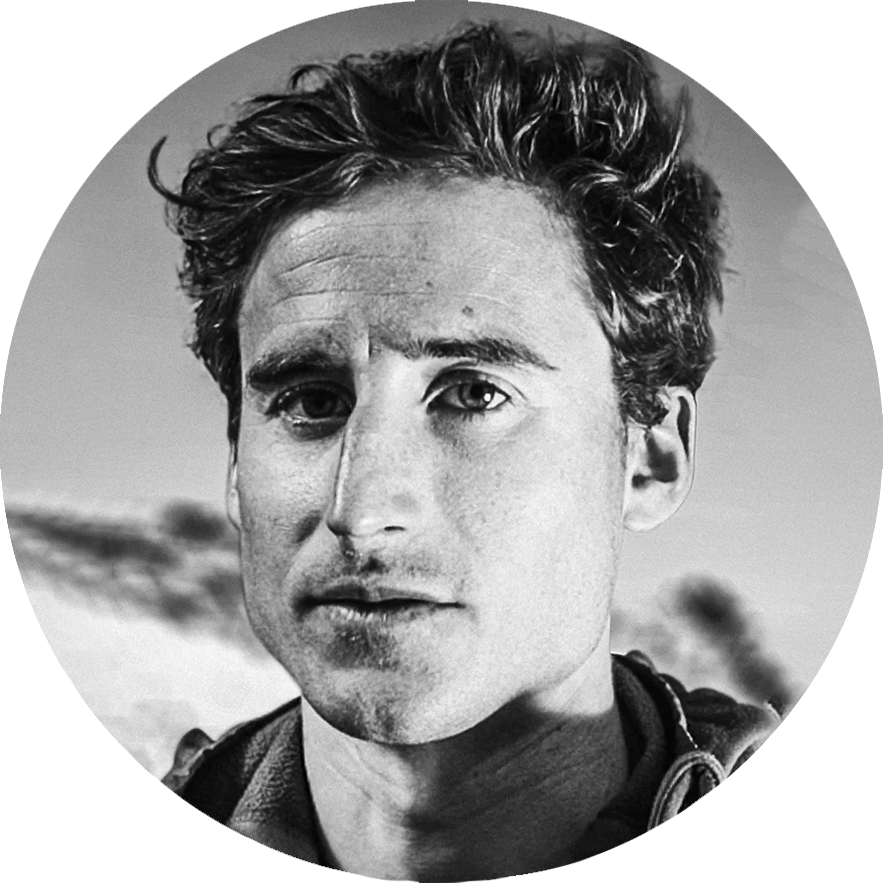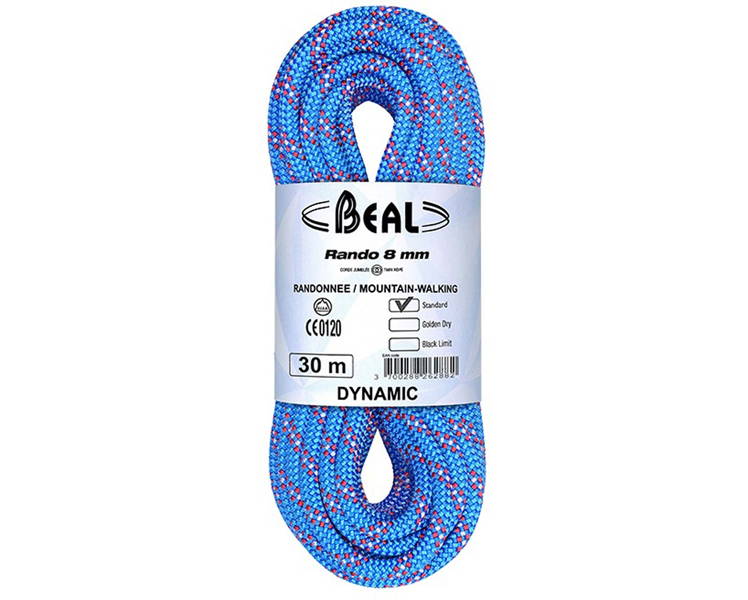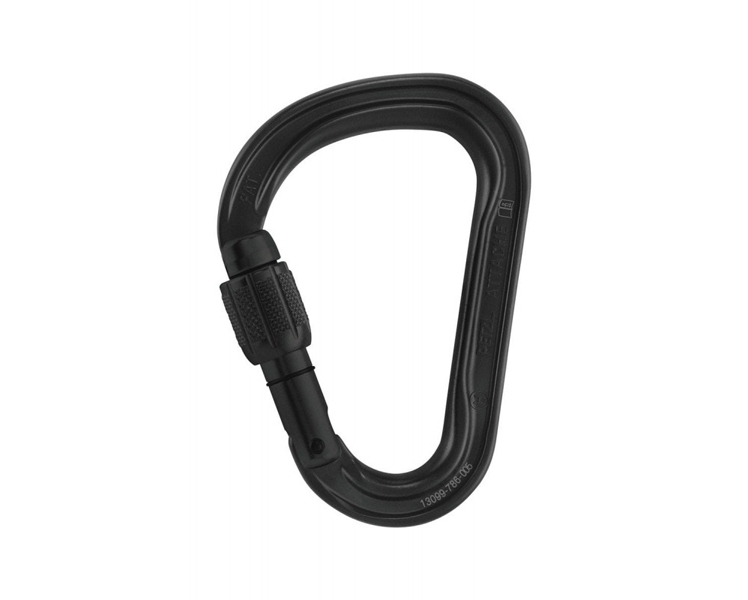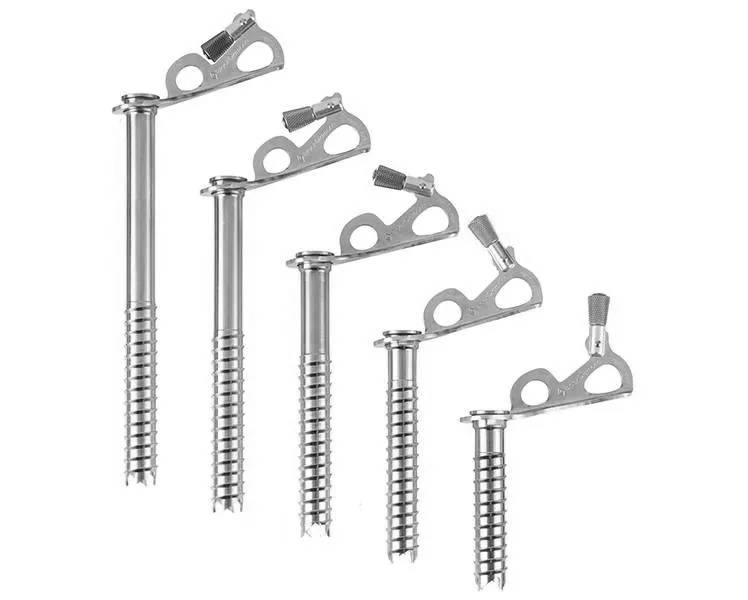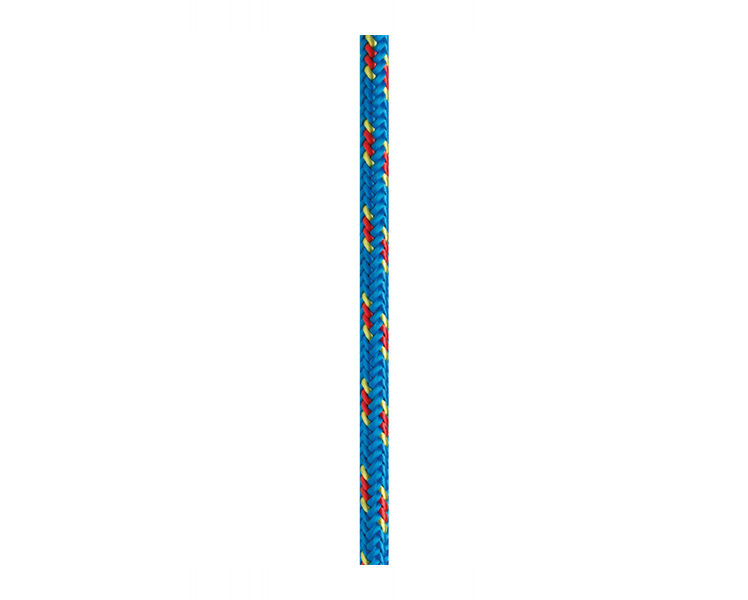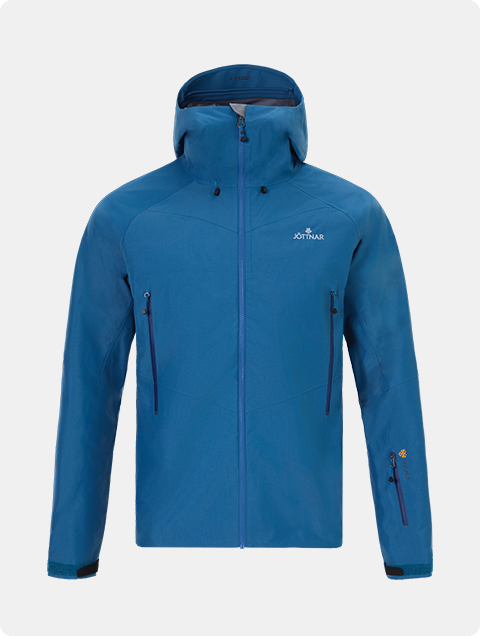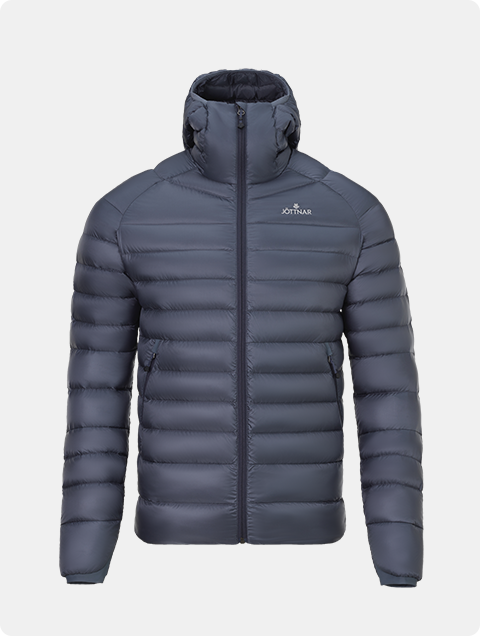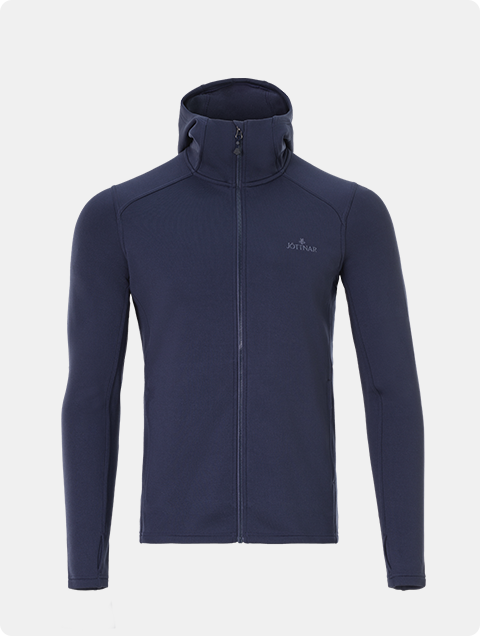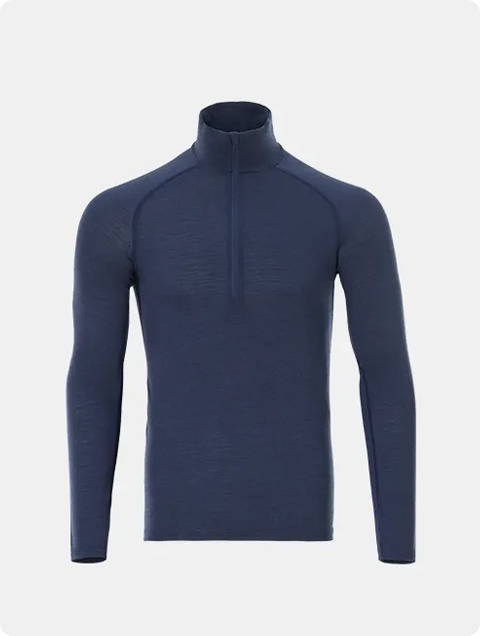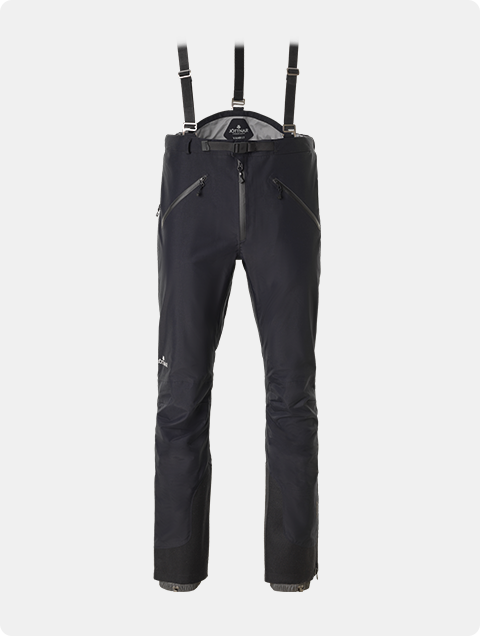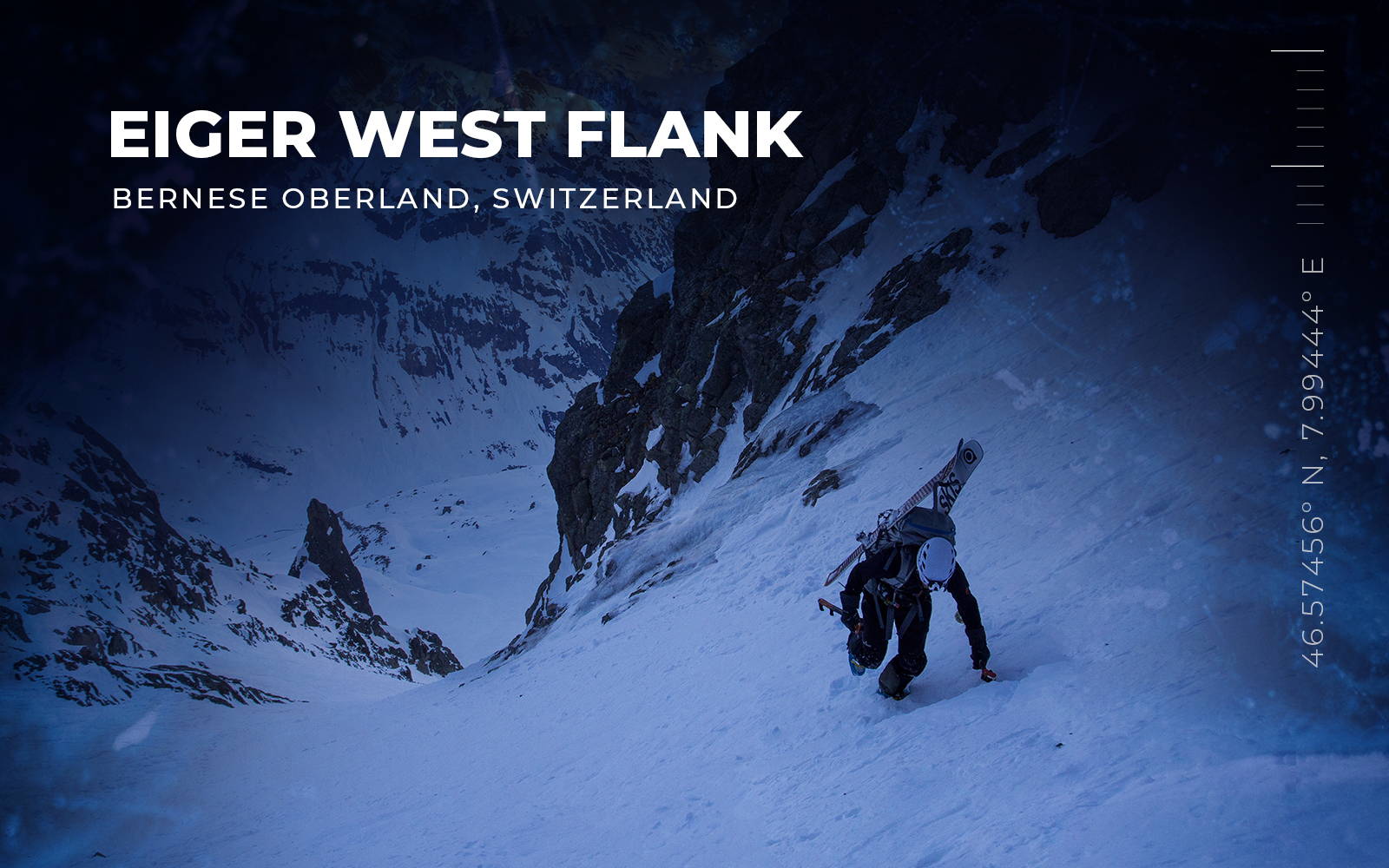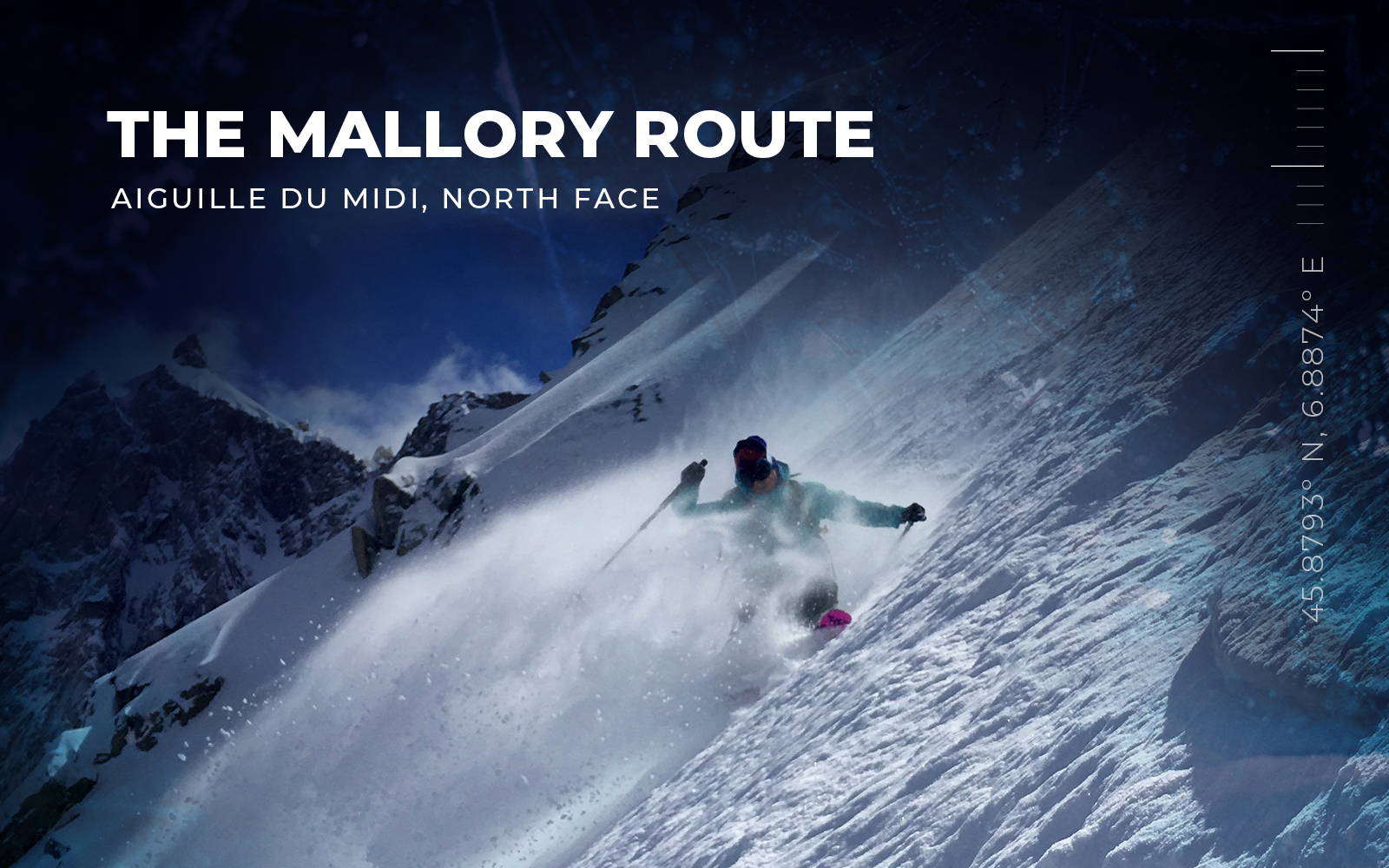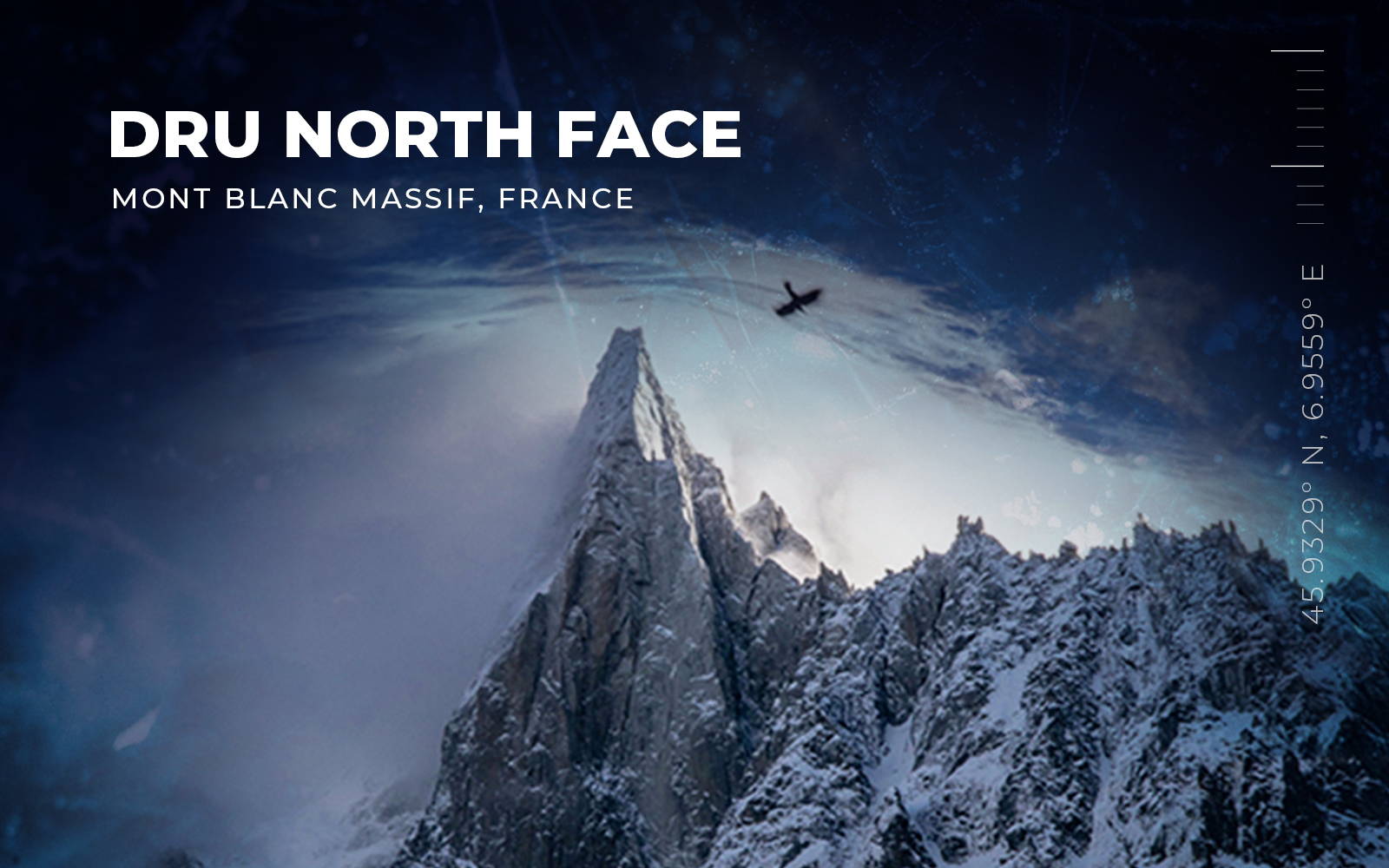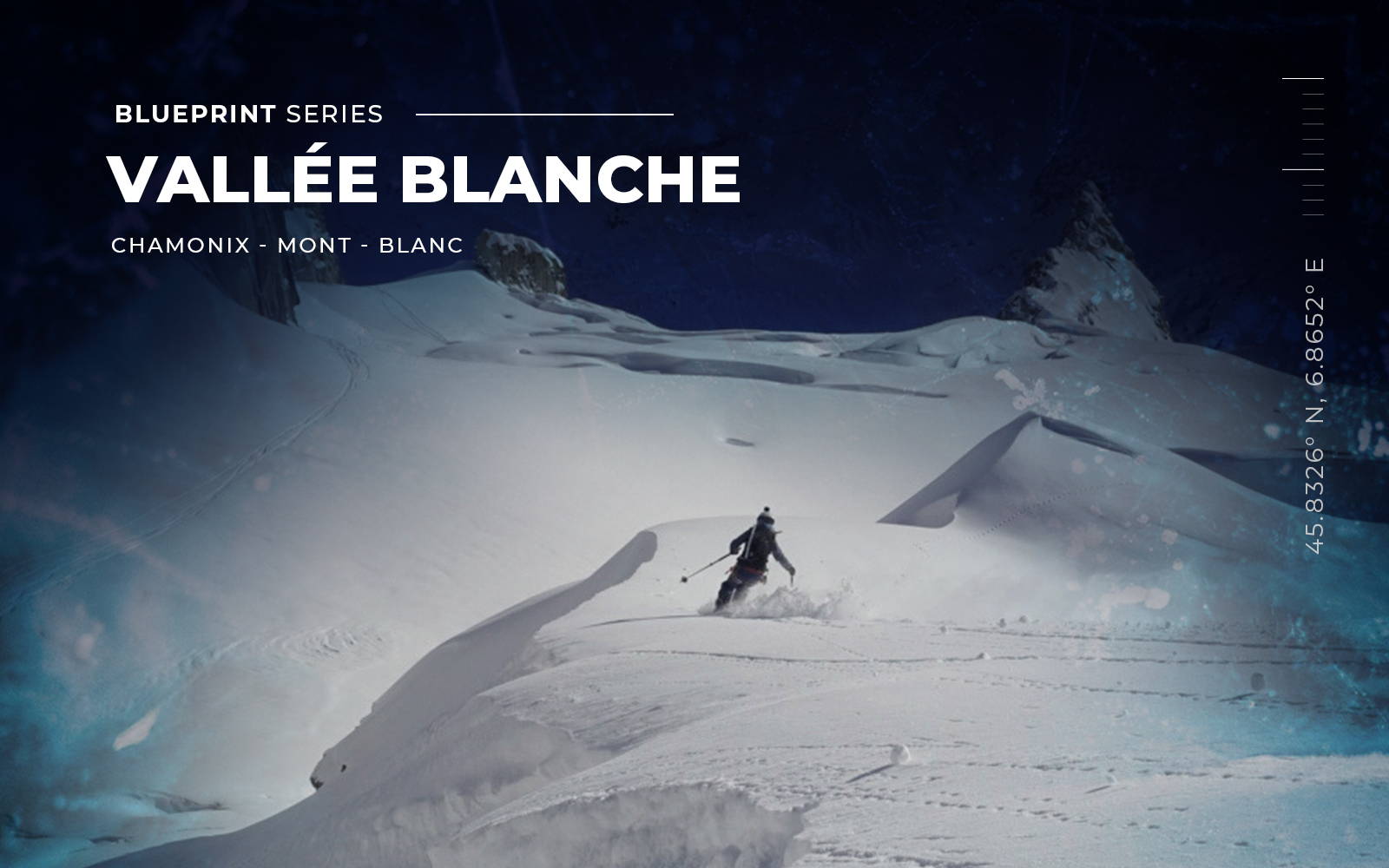

Location
Chamonix, France
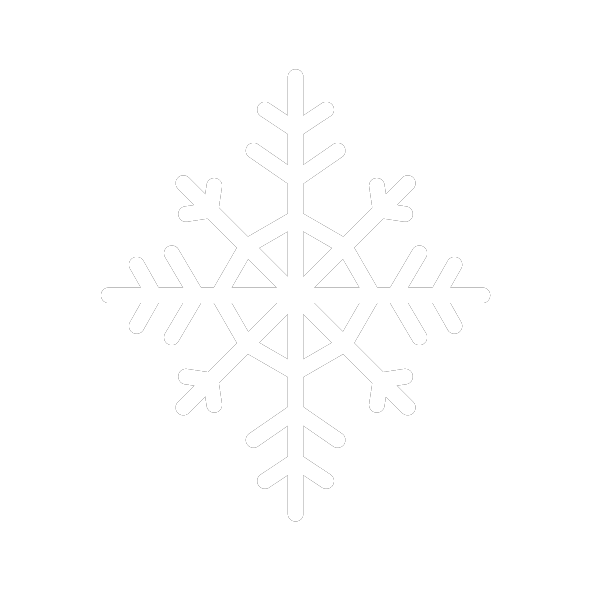
Season
Jan - Apr

Start Elevation
The Vallée Blanche is one of the world’s most famous off-piste descents, and deservedly so. At 22km long, it's an impressive descent through massive glacial terrain, with multiple variations possible. With a vertical descent of 2,700 metres, it's the world's longest lift-served route with its largest start/finish elevation differential.
It begins at an altitude of 3,777 metres, courtesy of the Aiguille du Midi gondola, and finishes at 1,055 metres in the valley down below. It's one of the most sought-after ski descents, and for many, is the sole objective of a winter trip to Chamonix.
Jöttnar's Tom Grant lives in Chamonix and is an IFMGA mountain and backcountry ski guide. Here he gives a local's insight into this iconic descent.
A descent of the Vallée Blanche is many things to many people. For many skiers, it's a huge adventure and on the long-term ‘bucket list.’ For all who ski it, there's a joy to be had in deep and untracked powder following a heavy snowfall.
For some local guides it's a regular place of work. For the many alpinists who now come to climb in winter and spring, it's a convenient access point and viable descent by head torch in the dark after rappelling a route. What is for sure, is that one can't help but be impressed by the spectacular high mountain terrain, especially on exiting the Midi ice tunnel onto the airy snow arête that descends to the glacier.
"For all who ski it, there's a joy to be had in deep and untracked powder following a heavy snowfall."
Video ©Sébastien Montaz-Rosset via Youtube
In sunny and good conditions the Vallée Blanche can feel like skiing a huge piste. In a white-out, it can quickly turn deadly serious. The one thing to remember when skiing on a glacier, is to avoid at all costs becoming trapped in bad visibility. The main risk on the Vallée Blanche are crevasses, and some of them are big. They can be 30 meters deep and sometimes concealed by weak snow bridges. On a large and relatively featureless glacier, it's virtually impossible to safely navigate around areas of crevasses in a white out. I once held a very serious crevasse fall while skiing roped up in a whiteout. We shouldn’t have skied down but we made the crucial decision to put the rope on at the right time.
It is imperative to know how to keep yourself safe on a glacier and carry the right gear. It's equally important to know how to conduct a crevasse rescue. These skills take some practising to be able to pull off in an emergency. Only the other day I had to use crevasse rescue hauling system to pull a skier 20 meters out of a crevasse that I came across!
Specialist Equipment
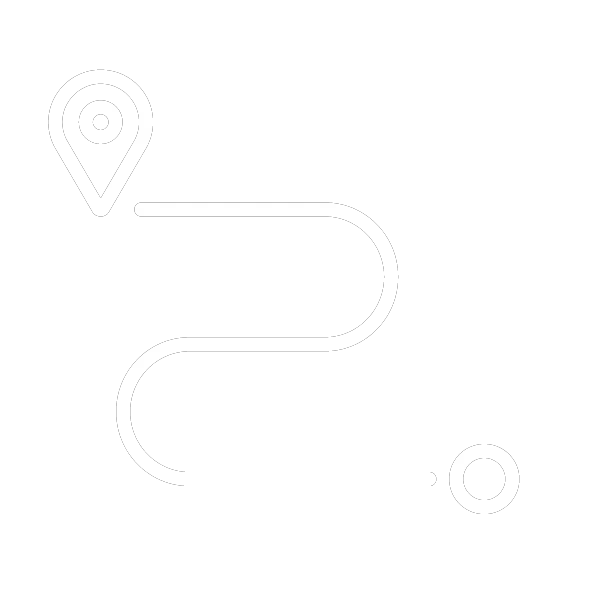
Number of Routes
4

Descent Time
4-6 hrs

Route Length
22km
